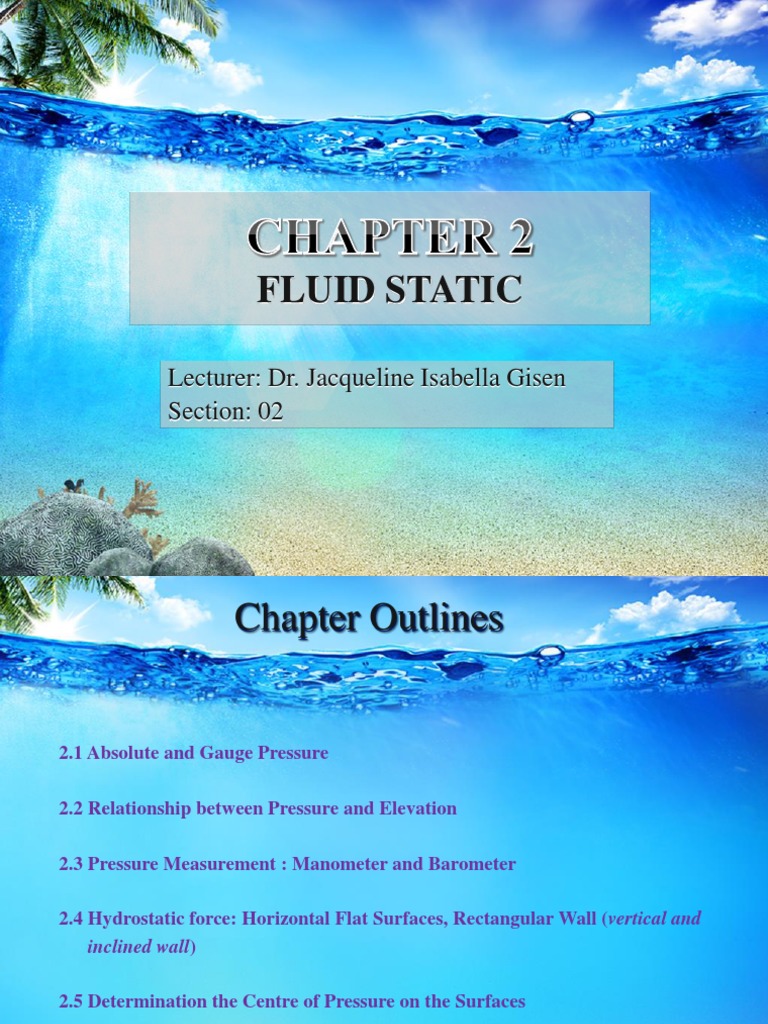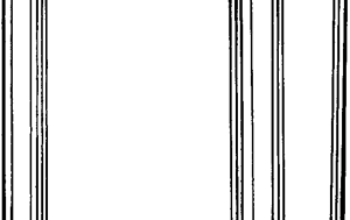The world of optics is often illuminated by the brilliance of light and lenses. Yet, there exists an enigmatic player, often overlooked—the unseen pressure on fluid lenses. This pressure manifests not merely as a force, but as a profound determinant of optical properties and functionalities. Fluid lenses embolden the concept of adaptive optics, adjusting dynamically in response to environmental stimuli, and they epitomize the fascinating intersection of fluid dynamics and optical engineering. In this exploration, we shall unravel the complexities and remarkable implications of pressure as it influences these intriguing devices.
Fluid lenses are predicated on the principles of refraction and deformation. Unlike traditional solid lenses, which possess fixed shapes, fluid lenses can alter their curvature and refractive index. This flexibility transforms the conventional understanding of lens design, offering a malleability that embraces variability. However, this adaptability comes entwined with the omnipresent force of pressure—an agent that governs the behavior and characteristics of the lens. Consider pressure in this context as a sculptor, deftly chiseling the fluid’s form and, in turn, its optical performance.
The dynamics of pressure within fluid lenses hinge on the laws of hydrostatics. When one thinks of hydrostatic pressure, it evokes the image of a tranquil lake, where the weight of water layer upon layer exerts a force downward, affecting everything submerged. In fluid lenses, this concept translates directly to the balance of forces exerted on the fluid medium contained within the lens structure. The internal pressure dynamics are influenced by factors such as the viscosity of the fluid, the ambient temperature, and external forces acting upon the lens.
As the pressure increases, the lens curvature changes, consequently altering its focal length and effective aperture. This interplay of curvature and focal distance can be likened to a musician tuning a string instrument; as tension modulates the pitch, so too does fluid pressure modulate light refraction. The versatility inherent in this design becomes particularly evident in applications such as autofocus systems in cameras, where rapid adjustments to focus are necessary. The implications extend beyond photography, proliferating through fields including medicine, telecommunications, and adaptive optics. Here, the unseen pressure becomes a critical element in pioneering advancements.
The architecture of fluid lenses often comprises a flexible membrane filled with a transparent liquid. This configuration presents a tantalizing dichotomy, where the rigidity of the containing structure meets the fluidity of the lens medium. This duality offers a vast landscape for experimentation but demands precision in engineering. Consider the avant-garde developments in microelectromechanical systems (MEMS), where tiny fluid lenses are engineered to respond instantaneously to dynamic pressure changes, enabling novel technologies such as 3D imaging and augmented reality. The ability of these lenses to adapt to varying conditions positions them as formidable players in the future of visual technology.
The stress-strain relationship in fluid lenses can further illustrate the nuances of unseen pressure. When external forces induce stress, the internal pressure recalibrates, establishing a new equilibrium. This phenomenon resembles the dance between a maestro and his orchestra—each musician (element of the lens) must harmonize their output with the conductor’s (pressure’s) direction to create a symphonic masterpiece. The symbiotic relationship between stress and pressure reveals much about how fluid optics can maintain integrity under diverse and extreme conditions.
Furthermore, fluid lenses inherently possess an advantage over their solid counterparts due to the absence of internal rigid boundaries. This absence reduces the likelihood of aberrations caused by material imperfections or non-uniformities. The fluid medium offers self-correction capabilities, calming distortions that could otherwise compromise visual fidelity. Here, we can draw a semantic parallel: fluid lenses are akin to chameleons, seamlessly adapting to their surroundings while preserving clarity, a valuable trait in the pursuit of enhanced optical performance.
Nevertheless, the fluid lens ecosystem is not without its challenges. As pressure fluctuates, hopes for stability may wane. What remains paramount is the lens’s ability to return to its original form and functionality post-deformation. This resilience, akin to the strength of bamboo in a storm, emphasizes the delicate balance between adaptability and structural integrity—qualities imperative for any successful fluid lens. Research into advanced materials and containment mechanisms continues to promote this endeavor, yielding even more efficient designs.
Moreover, the domain of nanotechnology introduces fascinating prospects for the future of fluid lenses. By fabricating microscale or nanoscale fluid lenses, researchers can explore the quantum effects of pressure at an incredibly small scale. Such lenses could enable unprecedented advancements in imaging techniques and even open doors to new realms of science and technology, where the lines between optics and quantum physics blur.
The unseen pressure on fluid lenses thus represents more than a mere physical force. It is a fundamental concept intertwined with the essence of adaptability, stability, and precision in optical devices. As researchers peel back the layers of this enigmatic phenomenon, one thing becomes abundantly clear: the quest to harness fluid lenses under the influence of unseen pressure is a journey full of promise. The advent of smarter, more responsive lenses anticipates a future where boundaries are redefined, illuminating the pathways for innovation in optics and beyond.










